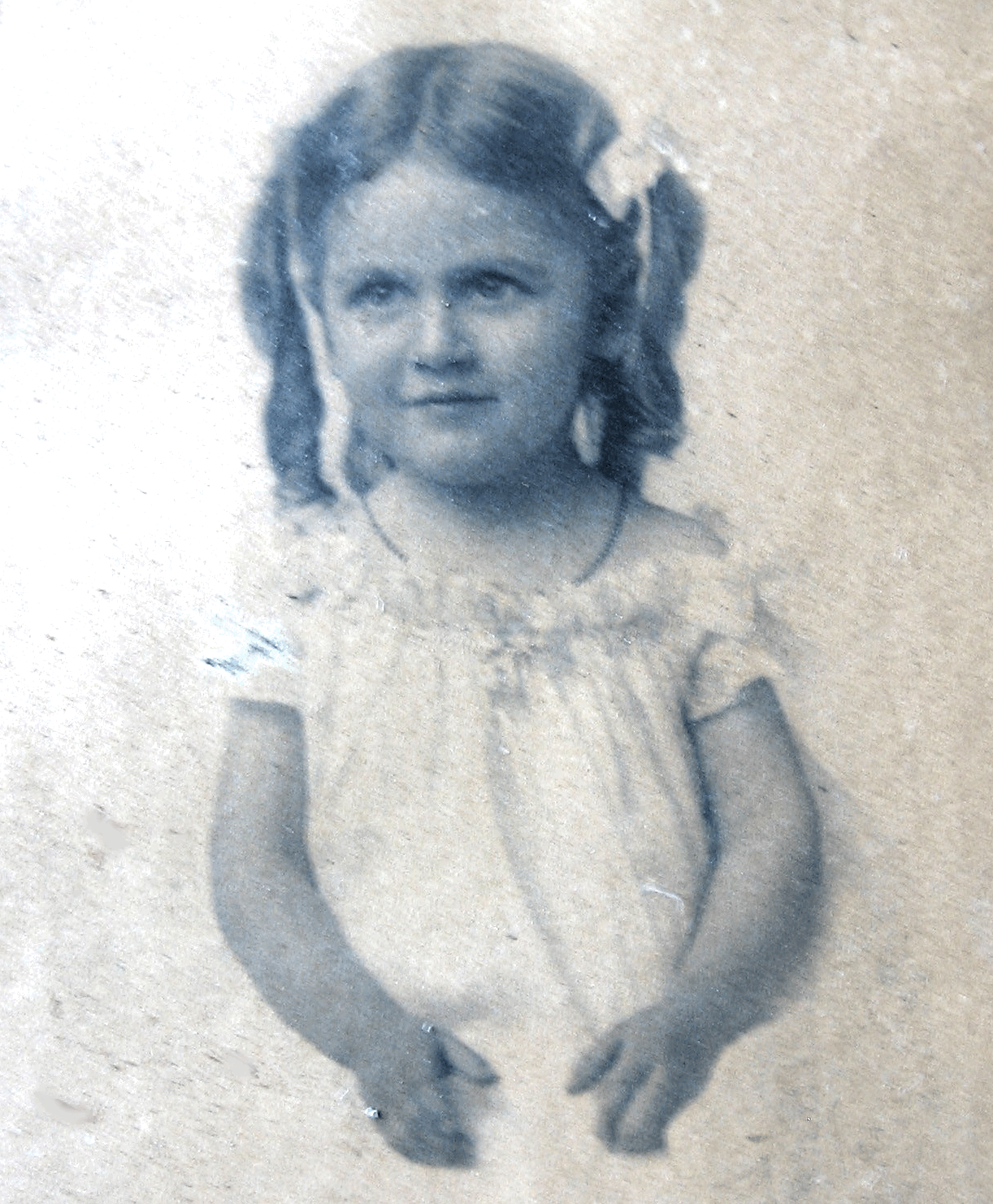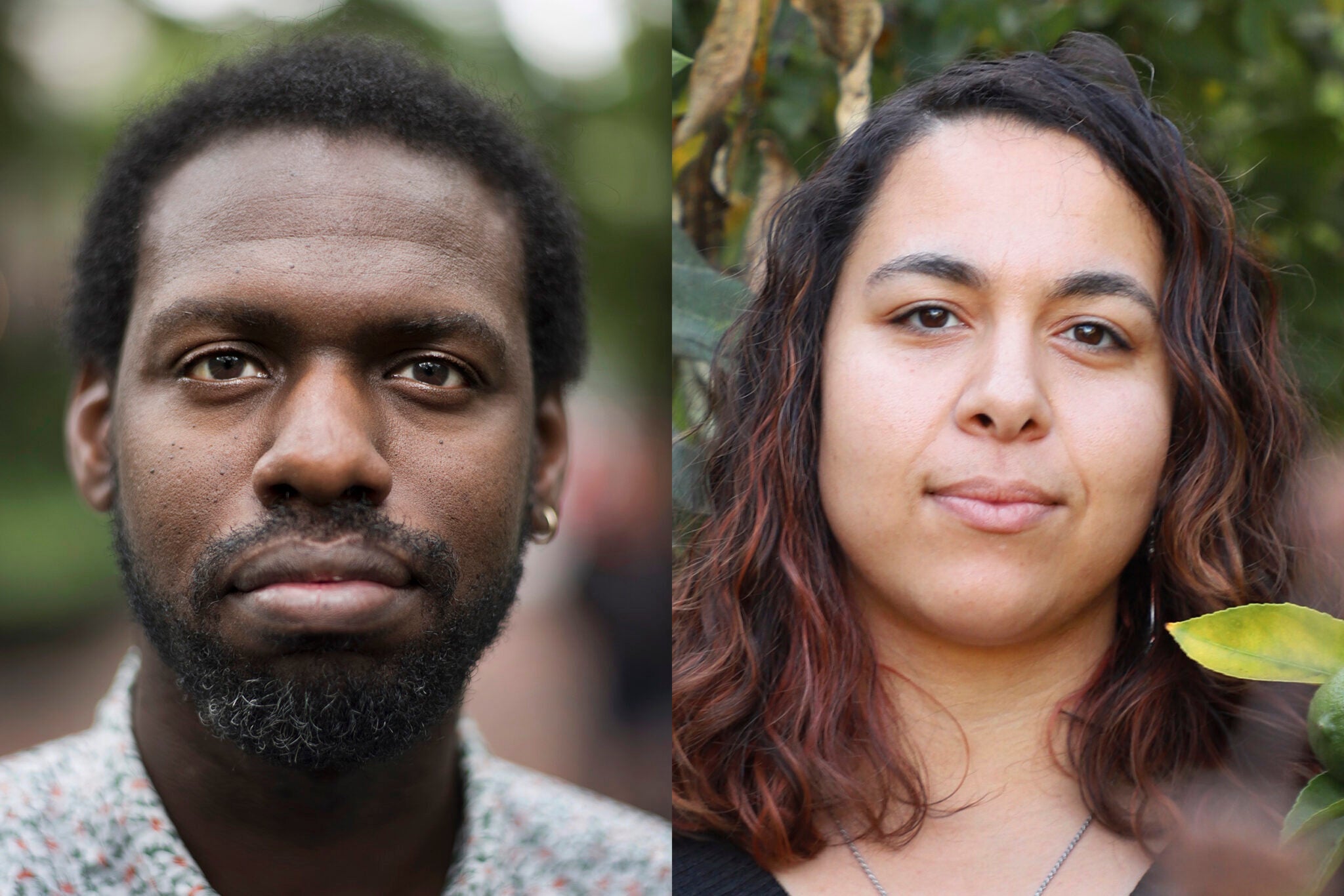UT students, staff reflect on experiences with racial passingPosted in Articles, Asian Diaspora, Campus Life, Latino Studies, Media Archive, Passing, Texas, United States on 2021-12-06 03:23Z by Steven |
UT students, staff reflect on experiences with racial passing
The Daily Texan: Serving the University of Texas at Austin Community Since 1900
2021-12-05
Sofia Treviño, Life & Arts Senior Reporter
Disliking her paler skin compared to other darker-complected Hispanics growing up, Rachel González-Martin spent hours lying under the sun willing herself to tan. Only burning and turning red, she grew frustrated. González-Martin wanted others to easily recognize her as Hispanic.
“There’s who we know we are and how we tell our own story, but we can never escape from what people see in us or read from our appearance,” the associate professor of Mexican American and Latina/o studies said.
Racial passing — a term used to describe those perceived as a member of another racial group than their own — can affect how closely people connect to and feel a part of their communities. For UT students and staff, the process of navigating different cultural stereotypes and learning to embrace their identities regardless of their appearance remains a lifelong project.
Growing up in Oakland, California, with very few fellow Hispanics, González-Martin felt she needed to physically show her identity. However, as she’s grown older, she said she’s learned to accept her own meaning of belonging to a community aside from outside biases…
Read the entire article here.









